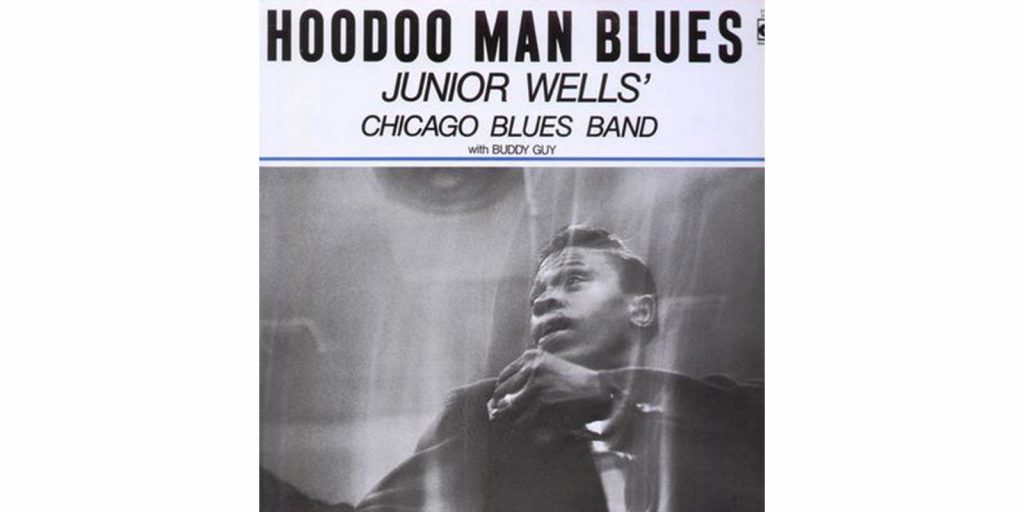In 1965, while I and practically every other kid in the United States was trying to the find latest Beatles album, or even anything that sounded like it came from Britain, two events were happening that would change my life and I didn’t even know it.
First, the backstory. Don Leslie was an inventor who fell in love with the sound of the Hammond organ in the late 1930s when it first found fame on church radio programs. However, he found the tone a little “square.” He wanted it to sound better, and he believed he was the man to do it. He spent the next few years mixing ideas and parts to come up with what we now lovingly know as the Leslie Speaker. Leslie took a horn speaker, and developed an apparatus to make it spin around in a circle. That created the sound that we all know to this day.
And for the next 25 years, Hammond organ players in the know used Leslie Speakers to create magic. It was the soul of rock, pop, gospel and blues.
Then things got flipped in the fall of 1965 when Denmark Records booked studio sessions in Chicago for a young legend named Junior Wells. At age 30, Wells had been on the music scene since 1952, but had yet to record a full album on anything close to a real record label. However, Denmark Records saw the singing and harmonica skills that Wells possessed, and wanted him to do something big.
That something big became “Hoodoo Man Blues,” the album that practically every music historian calls a landmark because it was the first blues album that was more than just a collection of singles and b-sides. It was a living, breath full-fledged album that was not meant to be commercial. It was an art album before art albums were a thing.
One of the men brought into play on this album was guitarist Buddy Guy, who soon would become a legend in his own right, but back then was dubbed Friendly Chap because he was under contract with another label. At some point during the sessions, Guy’s amplifier stopped working. As engineers fiddled with it in the control room, Guy just plugged directly into the Leslie Speaker connected to the house organ.
According to a review in Guitar.com, Wells heard the sound, smiled and stated, “why not.”
Thus, this is the first recorded time that anyone used a Leslie for anything but a Hammond. Over the next decade, numerous groups including the Beatles and Pink Floyd would experiment with Leslies in new ways. Ways that the technology at BookerLAB still supports.
But what was the second thing that changed in 1965? Don Leslie sold his company to CBS that year, and CBS would later sell directly to Hammond.








